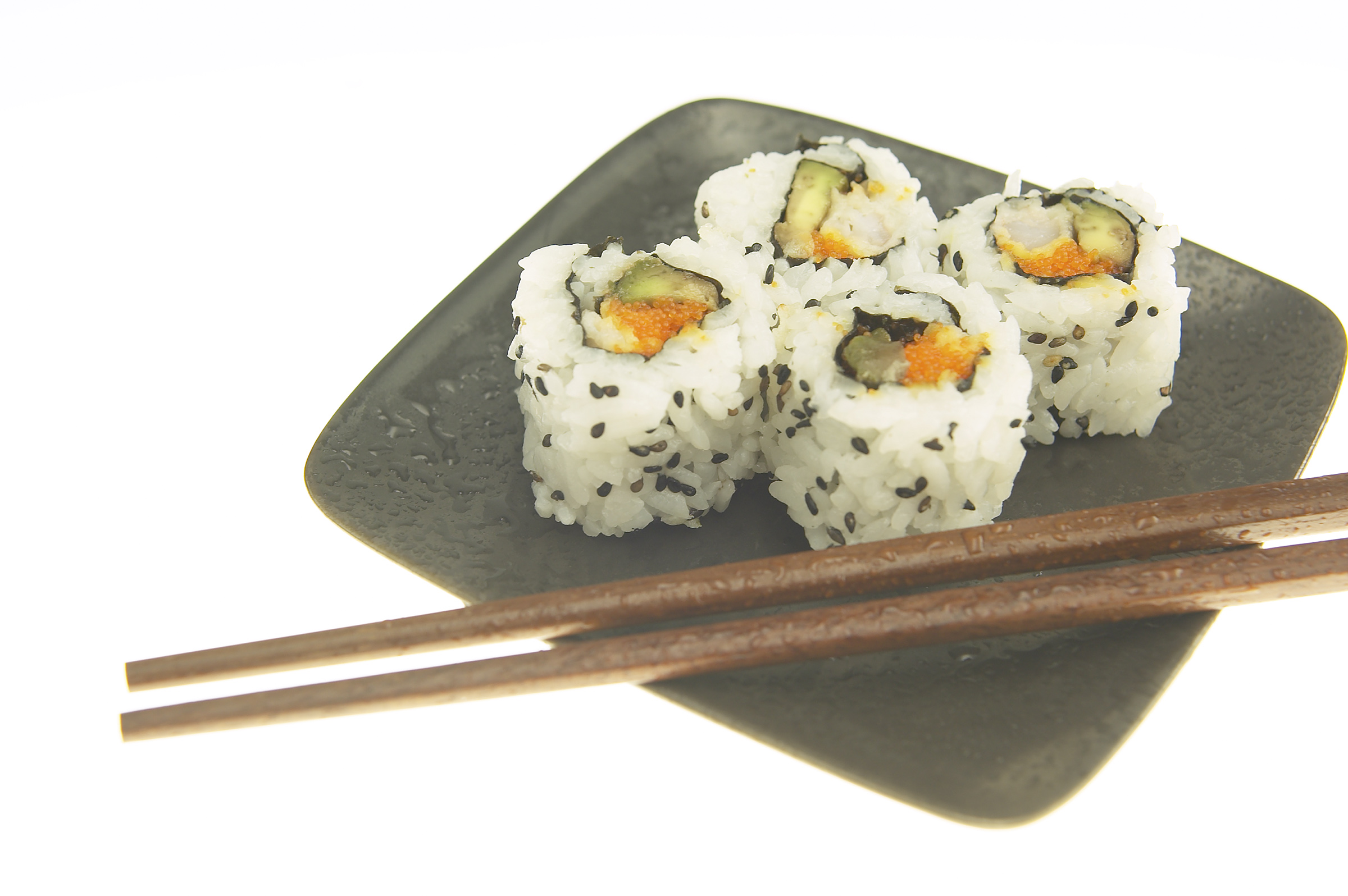By Jennifer Restuccio a Recent ASU Nutrition Student

We’ve known for quite some time that fish is good for us, but maybe we need some reminders as to why we should eat more of it. Americans don’t eat as much fish as they should. According to the Department of Agriculture, only 10% of Americans eat the recommended amount of fish.
The American Heart Association recommends eating two servings of fish per week. A typical serving is 3.5 ounces of cooked fish or ¾ cup of flaked fish like canned salmon.
Fish, especially fatty fish is high in omega-3 fatty acids which help lower inflammation in the body and lower cholesterol. In addition to being packed full of good fats fish are loaded with protein, vitamin D, vitamin B-12 and the important mineral selenium.
When coming up with the recent guidelines, the American Heart Association poured through data from many studies and concluded that eating at least one serving of fish per week can lower your risk of ischemic stroke by 14% compared to those who do not eat fish.
They also found that people who eat one fatty fish meal per week have a 50% lower risk of heart attack death than people who don’t eat fish and other seafood.
You might be saying, “I don’t like fish. I prefer to take a fish oil supplement”. Well, you might not be doing yourself any favors. The AHA states that fish oil supplements are not proven to prevent heart attack or stroke in healthy people.
However, if you have already had a heart attack or other cardiovascular event, taking a quality fish oil supplement daily can reduce your risk of dying from heart disease by about 10 percent.
Part of the reason why implementing fatty fish into your diet is more beneficial than taking a fish oil supplement could be that people are replacing less healthy foods with fish. It makes sense to think that decreasing unhealthier meats like fatty cuts of meat and instead consuming fish would prevent heart disease.

So, consider eating fresh sushi instead of bacon . If you’re not a fan of sushi, try this awesome recipe for Teriyaki Baked Salmon. Yum!
You might be worried about mercury content in fish and you’re not the only one. Some fear mercury contamination but that is only a problem with larger fish such as swordfish, Chilean sea bass, grouper, bluefish and king mackerel. Smaller fish are safer to eat as they contain much less mercury. Generally speaking, we want to eat fish that are lower in the food chain.
Larger fish contain higher amounts of mercury because they eat smaller fish and the mercury builds up in their tissues in a process called bioaccumulation.
Some great choices are anchovies, catfish, flounder, haddock, herring, pollock, salmon, shrimp, scallop, sole, tilapia, trout, whitefish, crab, and clam.
Instead of eating canned albacore tuna, try eating canned light tuna or canned salmon because it is lower in mercury.
For more information on which types of fish you should and shouldn’t consume visit the Arizona Department of Environmental Quality for Fish Consumption Advisories. This site is especially useful for those who catch and eat fish from lakes or streams in the area.
If you just don’t care for the taste of fish and have given up, listen carefully to what comes next.
There are so many ways you can mask the fish odor and taste.
First, select a type of fish that doesn’t smell strong to begin with such as tilapia, halibut, or flounder.
This may sound weird, but you can give fish a milk bath and that will eliminate that distinct fishy smell. All you have to do is pour enough milk into a bowl to fully submerge the fish. Let it soak for about 20 minutes and voila! The fish smell is gone.
You can also marinade fish in a blackening seasoning, curry powder, lemon juice, or vinegar to mask the smell and taste. Soy sauce and ginger add such great flavor to fish that you won’t even know you’re eating fish!
Marinade fish in an acid of your choice (lemon juice, vinegar, etc.) for about 10-20 minutes only, as any longer and the fish might get mushy.
Another way to add flavor is by grilling or baking on a wood plank such as cedar or maple.
In conclusion, you could benefit greatly from adding fish to your diet as they are high in good heart-healthy fats and other important nutrients. Just be sure to stay away from larger fish that have a higher mercury content, and if you catch your own fish always check and make sure the water is not contaminated first.
Sources:
https://ahajournals.org/doi/full/10.1161/CIR.0000000000000574
circ.ahajournals.org/content/early/2017/03/13/CIR.0000000000000482
https://www.heart.org/en/healthy-living/healthy-eating/eat-smart/fats/fish-and-omega-3-fatty-acids
https://www.usatoday.com/story/life/2016/11/20/fish-consumption-diet-nutrition/93792688/
https://www.ehow.com/how_8689662_rid-strong-fishy-taste-fish.html

